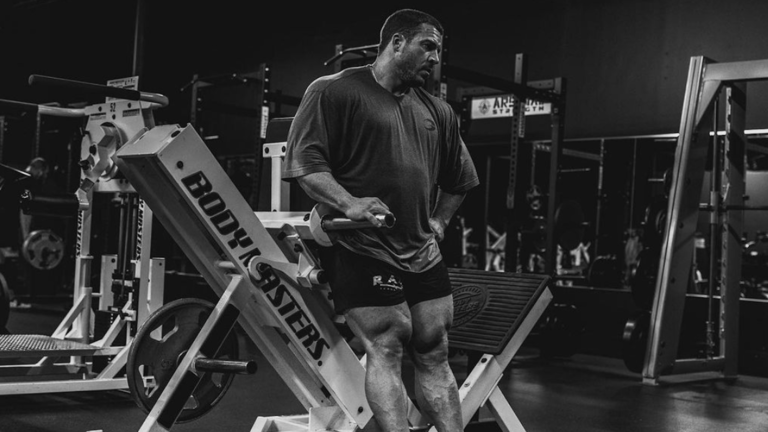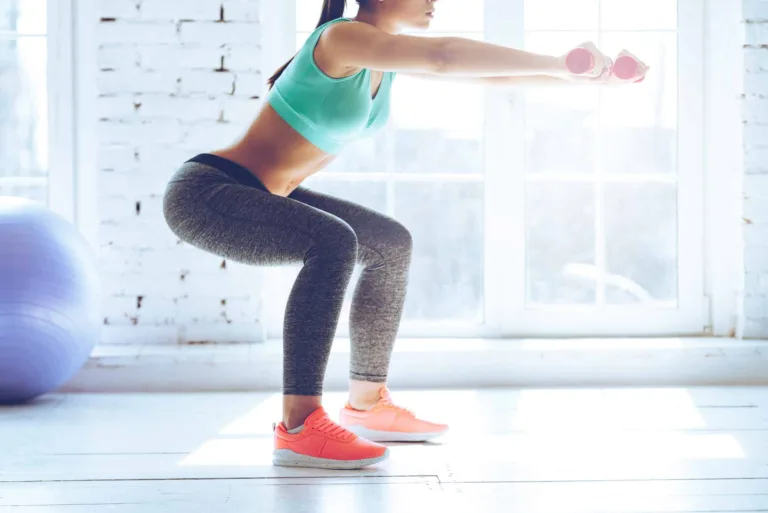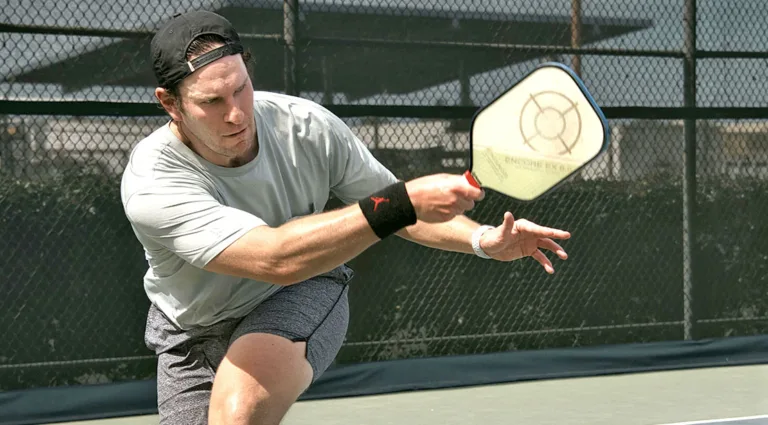The Ultimate Guide to Bodyweight Squats for Men: Building Strength and Fitness
Introduction
When it comes to building strength, endurance, and overall fitness, few exercises are as versatile and effective as bodyweight squats. Whether you’re a beginner looking to start a fitness routine or an experienced athlete aiming to improve your lower body strength, bodyweight squats can be an excellent addition to your workout regimen. In this comprehensive guide, we will explore the benefits of bodyweight squats, proper form and technique, variations to keep your workouts exciting, and how to incorporate them into your fitness routine. So, let’s dive into the world of bodyweight squats and discover how they can help men achieve their fitness goals.
The Benefits of Bodyweight Squats
Bodyweight squats primarily target the muscles of your lower body, including your quadriceps, hamstrings, and glutes. These compound movements engage multiple muscle groups simultaneously, leading to significant strength gains and muscle development. For men looking to build powerful, well-defined legs, bodyweight squats are an essential exercise.
Functional fitness focuses on exercises that mimic movements you use in daily life. Bodyweight squats are a prime example of functional fitness, as they replicate the motion of sitting down and standing up – something we do countless times each day. This makes them valuable for improving your overall functional strength and mobility.
One of the most appealing aspects of bodyweight squats is that you don’t need any specialized equipment or a gym membership to perform them. You can do them anytime, anywhere, making them a convenient choice for busy men with limited access to workout facilities.
By strengthening your lower body, bodyweight squats can help improve your posture. Good posture is not only aesthetically pleasing but also essential for reducing the risk of back pain and other musculoskeletal issues.
If you’re involved in sports or other physical activities, incorporating bodyweight squats into your training routine can enhance your athletic performance. The explosive power generated from squatting can translate into better agility, jumping ability, and overall athleticism.
Proper Form and Technique
- Stand with your feet shoulder-width apart and toes pointing slightly outward.
- Maintain good posture with chest up, shoulders back, and spine neutral. Engage your core.
- Squat down with thighs parallel to the ground or as low as flexibility allows. Avoid knees going past toes.
- Knees track in line with toes, hips move back and down as if sitting in an imaginary chair.
- Inhale as you squat down, exhale as you push back up. Maintain a strong base and distribute weight evenly across your feet.
Variations for Added Challenge
- Pistol Squats: Squat on one leg while the other leg is extended in front of you.
- Jump Squats: After descending into a regular squat, explosively jump into the air and land softly. Adds a cardiovascular element to your routine.
- Bulgarian Split Squats: Place one foot on an elevated surface and squat with the other leg. Excellent for isolating each leg’s muscles.
- Weighted Squats: Hold a dumbbell or kettlebell close to your chest while performing squats. Increases resistance and works your core and upper body muscles.
- Hindu Squats: Continuously move between a deep squat and a standing position without pausing at the top. Provides an intense cardiovascular workout.
How to Incorporate Bodyweight Squats into Your Routine
Start with a dynamic warm-up to prepare your muscles and joints. Begin with 2-3 sets of 10-12 repetitions and gradually increase as you become more comfortable. Include bodyweight squats in your routine at least 2-3 times per week. Progressively overload your muscles by adding more repetitions, depth, or variations. Rest at least 48 hours between squat sessions.
Common Mistakes to Avoid
- Rushing through squats with incorrect form.
- Not squatting low enough to engage all targeted muscle groups.
- Dropping quickly into a squat instead of lowering in a controlled manner.
- Sticking to one type of squat and neglecting variation.
- Overtraining without giving muscles enough rest time.
Conclusion
Bodyweight squats are a fantastic exercise for men of all fitness levels. They offer numerous benefits, from building leg strength to enhancing overall fitness and functional strength. By mastering proper form, incorporating variations, and progressively challenging yourself, bodyweight squats can help you achieve your fitness goals and become a stronger, healthier version of yourself.







